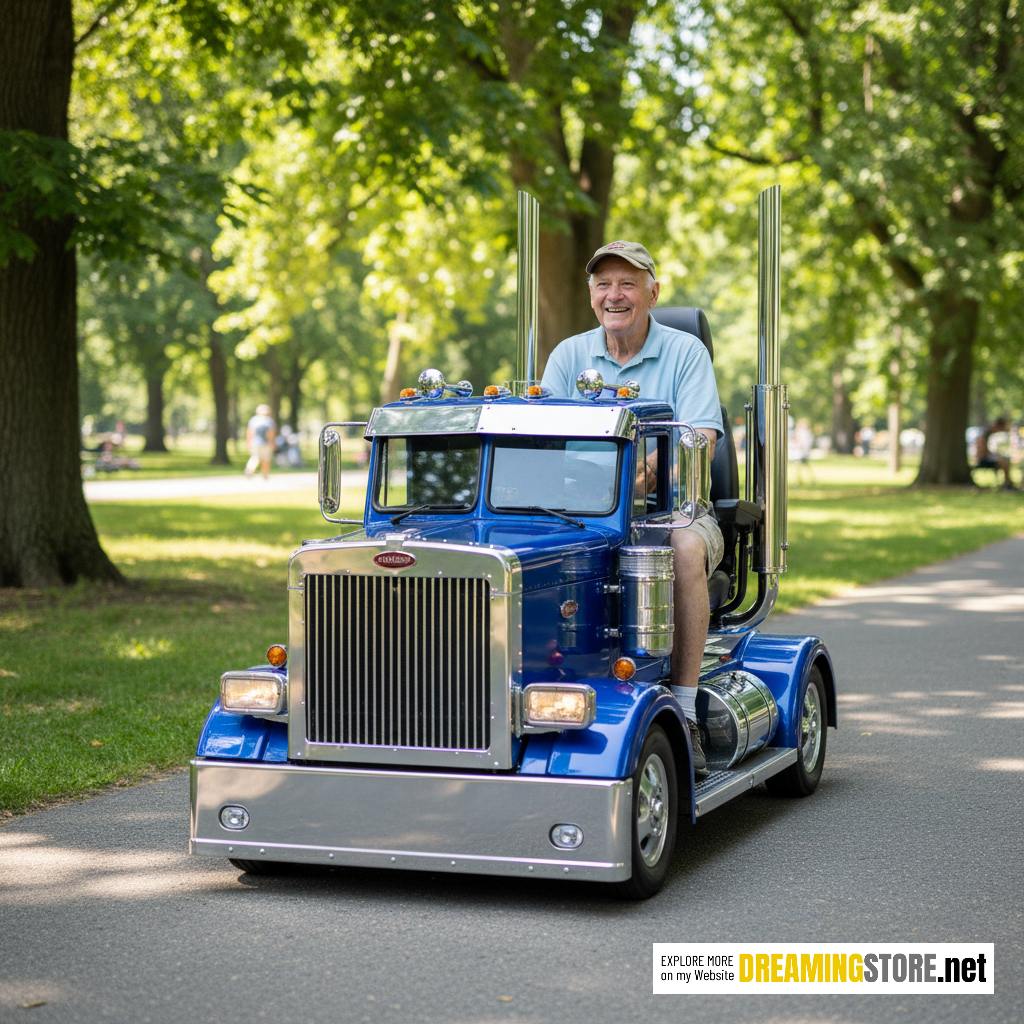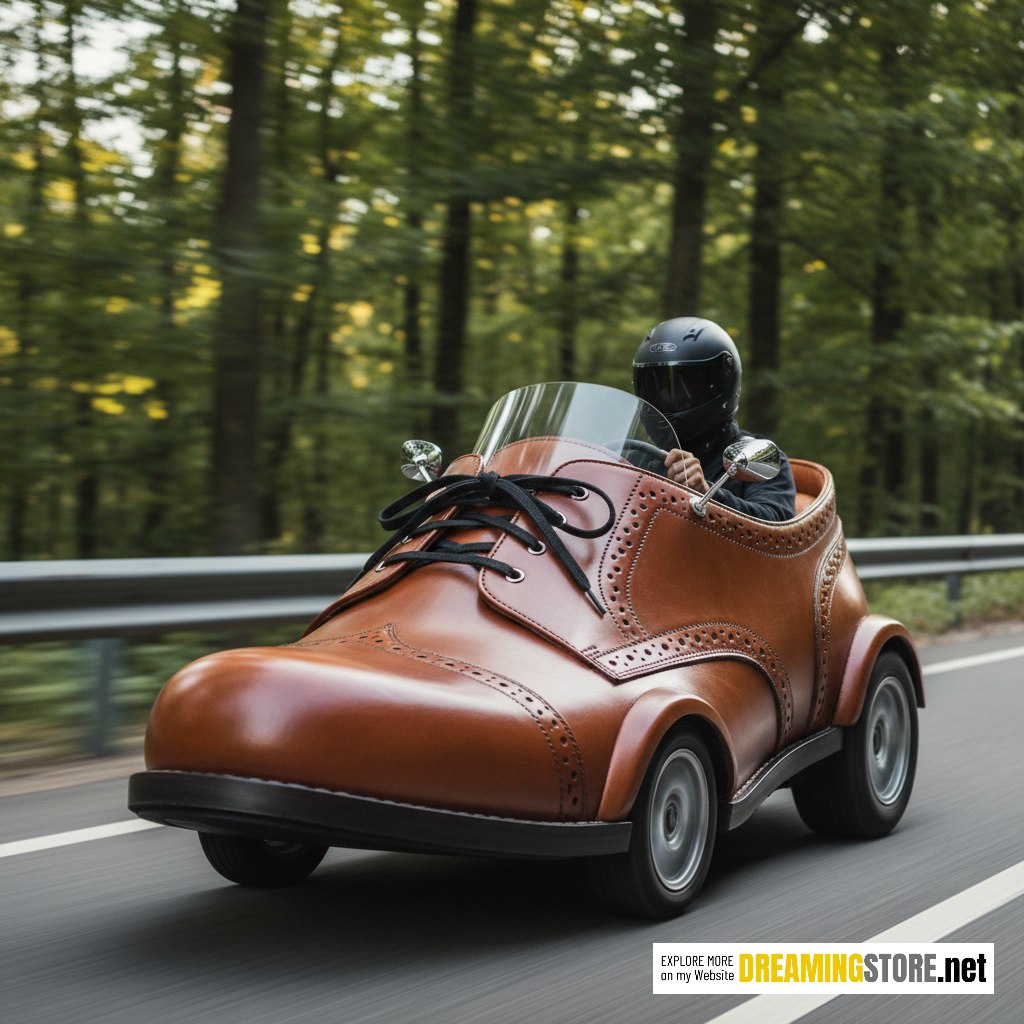The dream of personal flight has captivated humanity for centuries — from Da Vinci’s sketches to jetpacks and now to Scooter Drones. As we move into a new decade defined by innovation and mobility, these futuristic vehicles are no longer just concept art or movie props. They’re becoming real, rideable, and surprisingly practical.
Imagine a scooter that doesn’t just zip through city streets but lifts you above them — gliding over traffic with silent rotors and AI-assisted balance control. That’s the world of Scooter Drones, a groundbreaking fusion between e-scooters and compact aerial vehicles. In this article, we’ll explore the top 4+ models leading this airborne revolution and what makes them the next big thing in urban transport.
1. JetFly Hover Scooter — The Urban Air Cruiser
If you’ve ever dreamed of hovering over a city skyline at sunset, the JetFly Hover Scooter delivers just that. With a minimalist design and carbon-fiber chassis, this Scooter Drone merges the agility of an electric scooter with the grace of a drone.
Key Highlights:
-
Dual Propulsion System: Uses both electric rotors and lightweight magnetic stabilizers for balance.
-
Top Speed: 80 km/h (50 mph).
-
Flight Range: Up to 25 minutes on a single charge.
-
Safety System: Built-in gyroscopic sensors automatically adjust pitch and roll mid-air.
Experience:
Riders describe the JetFly as intuitive — you lean forward to accelerate, lean back to descend. It’s as natural as riding a bike, but in midair. Perfect for short commutes or park-to-park hops across futuristic cities.
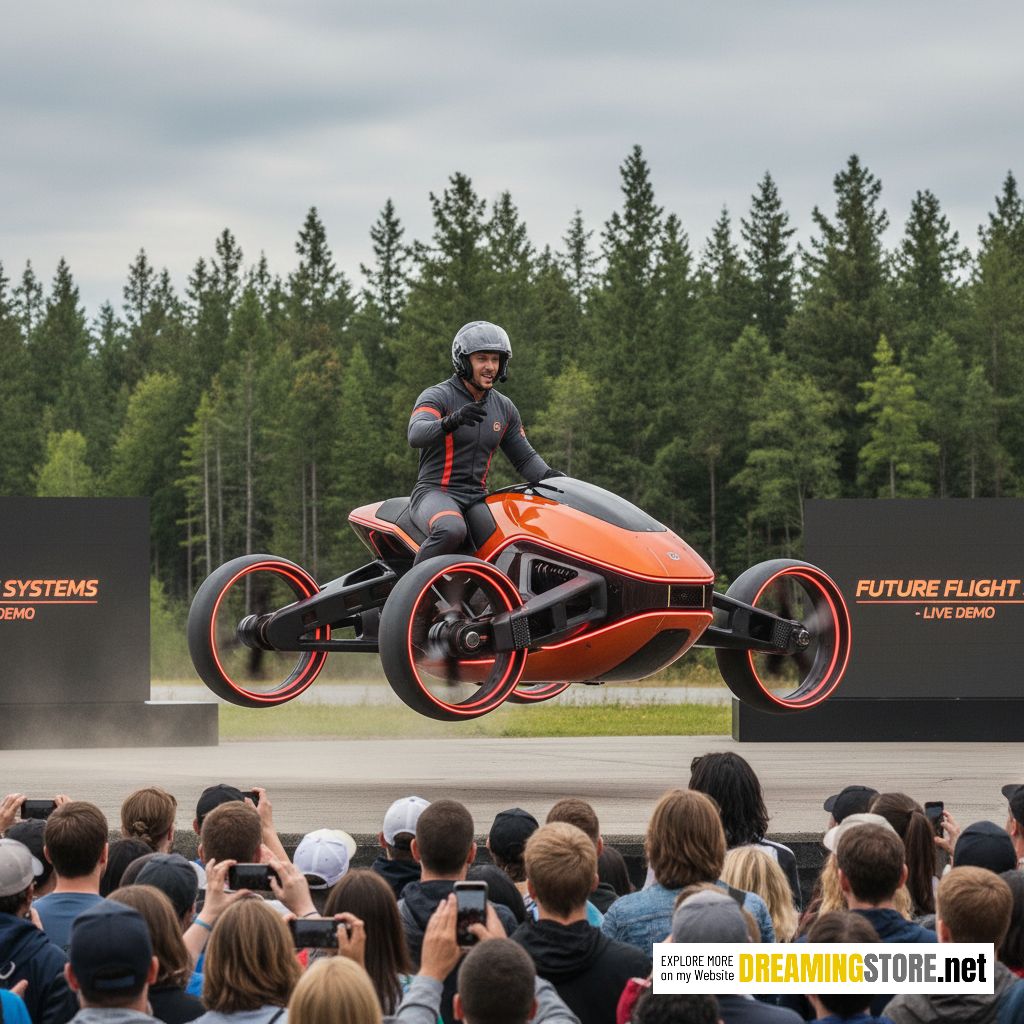
2. AeroCruise S10 — The Sports Scooter Drone for Adrenaline Lovers
The AeroCruise S10 looks like something straight out of a sci-fi blockbuster — a muscular build, glowing LED trims, and four large ducted fans that lift it smoothly into the air.
Unlike traditional scooters, this Scooter Drone is designed for performance. Its hybrid-electric engine can handle quick bursts of speed and vertical takeoffs, giving it an edge for thrill-seekers and adventure riders.
Standout Features:
-
Top Speed: Up to 100 km/h (62 mph).
-
Power Source: Dual lithium-ion batteries with rapid-swap technology.
-
Hover Stability: 360° AI-assisted flight system that compensates for wind shifts.
-
Rider Interface: Transparent OLED dashboard and gesture-based control.
Why It’s a Game-Changer:
AeroCruise brings excitement back to mobility. You’re not just commuting — you’re experiencing motion in a completely new dimension. The onboard sensors ensure safety while allowing smooth cornering and dynamic hovering even in breezy conditions.
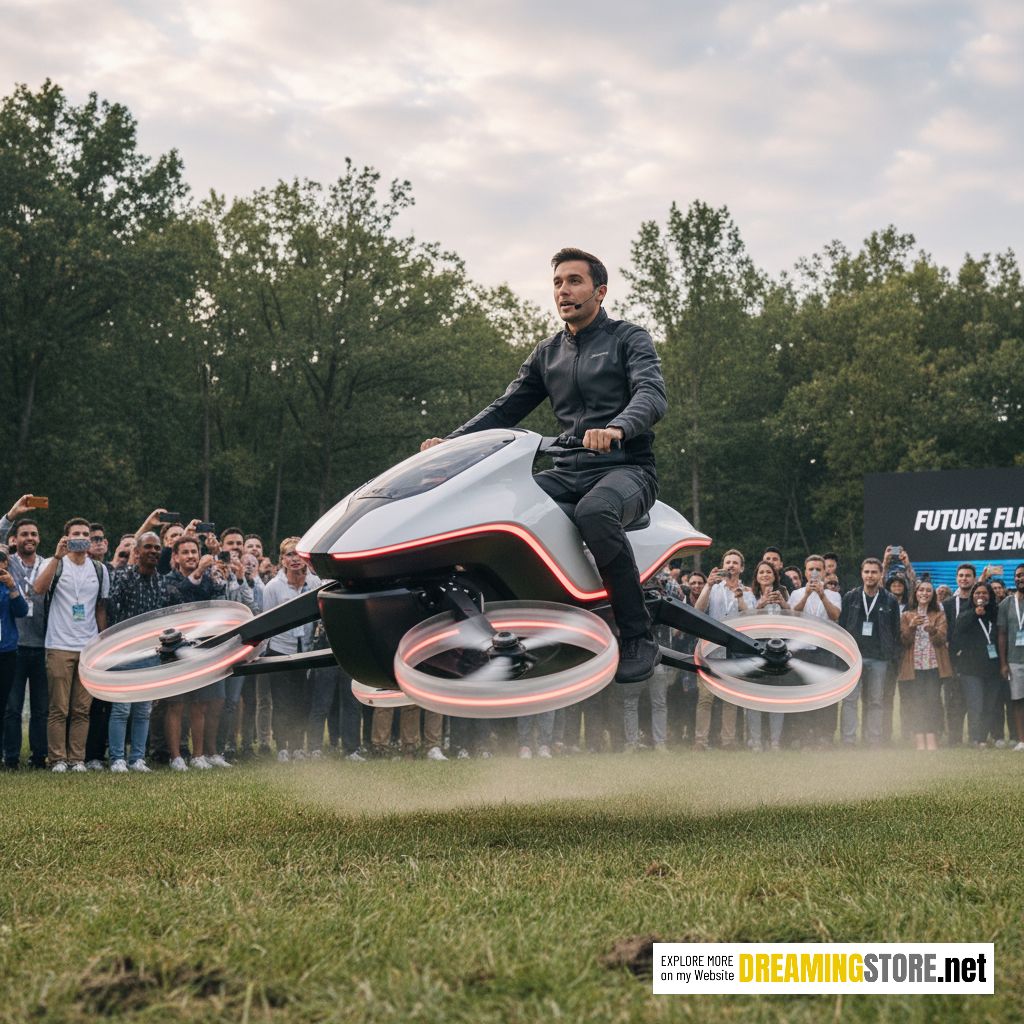
3. SkyRider X4 — The Commuter’s Flying Companion
For those who value practicality over flash, the SkyRider X4 is the Scooter Drone designed for everyday mobility. It’s lightweight, foldable, and powered by a quiet propulsion system that reduces noise pollution — ideal for dense urban areas.
Specifications:
-
Battery Life: 45 minutes of flight time.
-
Weight Limit: Up to 120 kg (265 lbs).
-
Safety Mechanism: Parachute deployment system in case of motor failure.
-
Charging: Fast-charge technology replenishes the battery in under 30 minutes.
Design and Comfort:
The SkyRider features ergonomic seating and a modular battery pack hidden beneath its aerodynamic shell. It can transition seamlessly between ground-scooting and flight mode — perfect for mixed terrain commutes.
Sustainability:
Made from 70% recyclable materials and powered by green-certified lithium packs, it’s a leap toward eco-conscious aviation for personal travel.
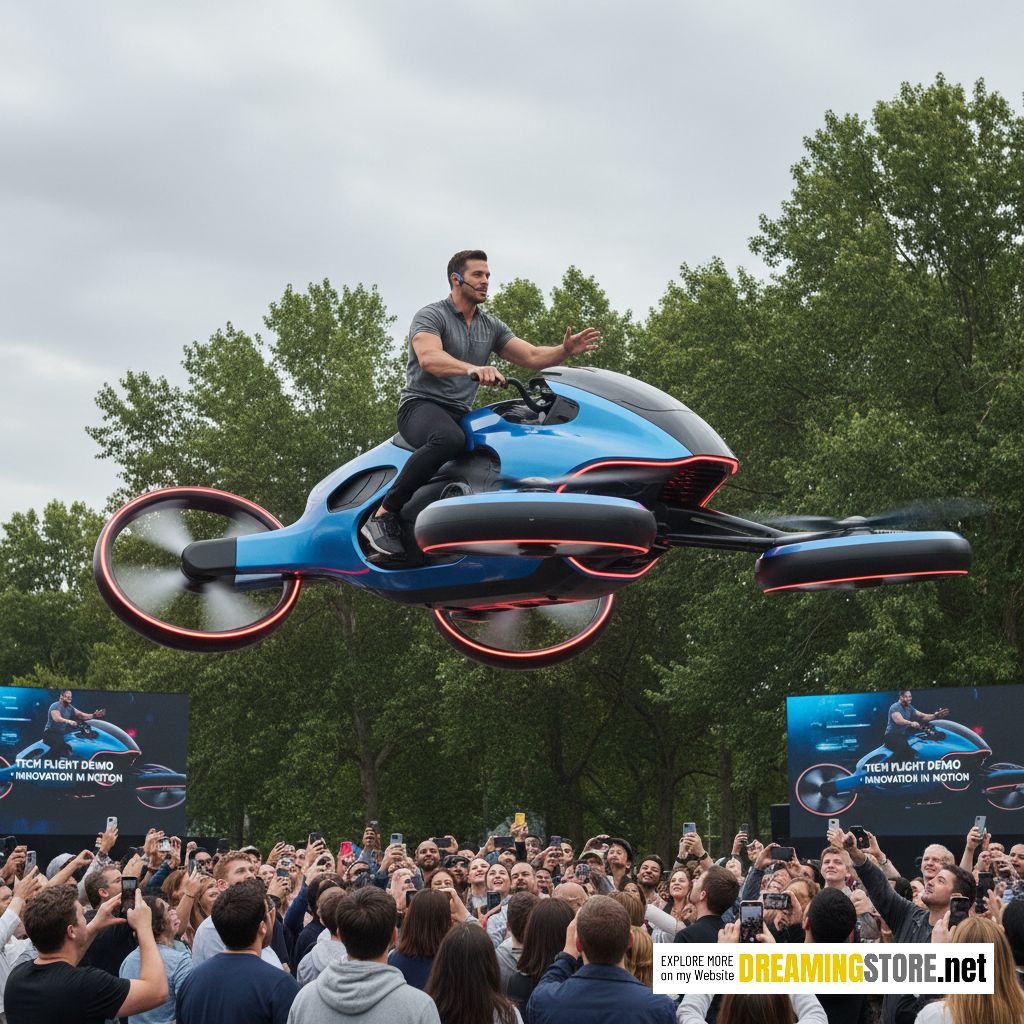
4. VoltAir Vortex — Luxury in the Sky
If the previous models were about function, the VoltAir Vortex is about style and prestige. This Scooter Drone redefines luxury mobility, combining futuristic aesthetics with premium comfort.
Luxury Highlights:
-
Interior Finish: Vegan leather seating and customizable LED ambient lighting.
-
Technology: Holographic dashboard and full autopilot option.
-
Flight Range: 35 km per charge.
-
Connectivity: Wi-Fi and 5G for real-time navigation updates.
The Experience:
Gliding through the city in a VoltAir feels like piloting your personal aircraft. With whisper-quiet rotors and panoramic visibility, it turns every flight into an experience.
Owners can even choose from exclusive finishes — metallic red, cobalt blue, or matte graphite — adding personal flair to their futuristic ride.
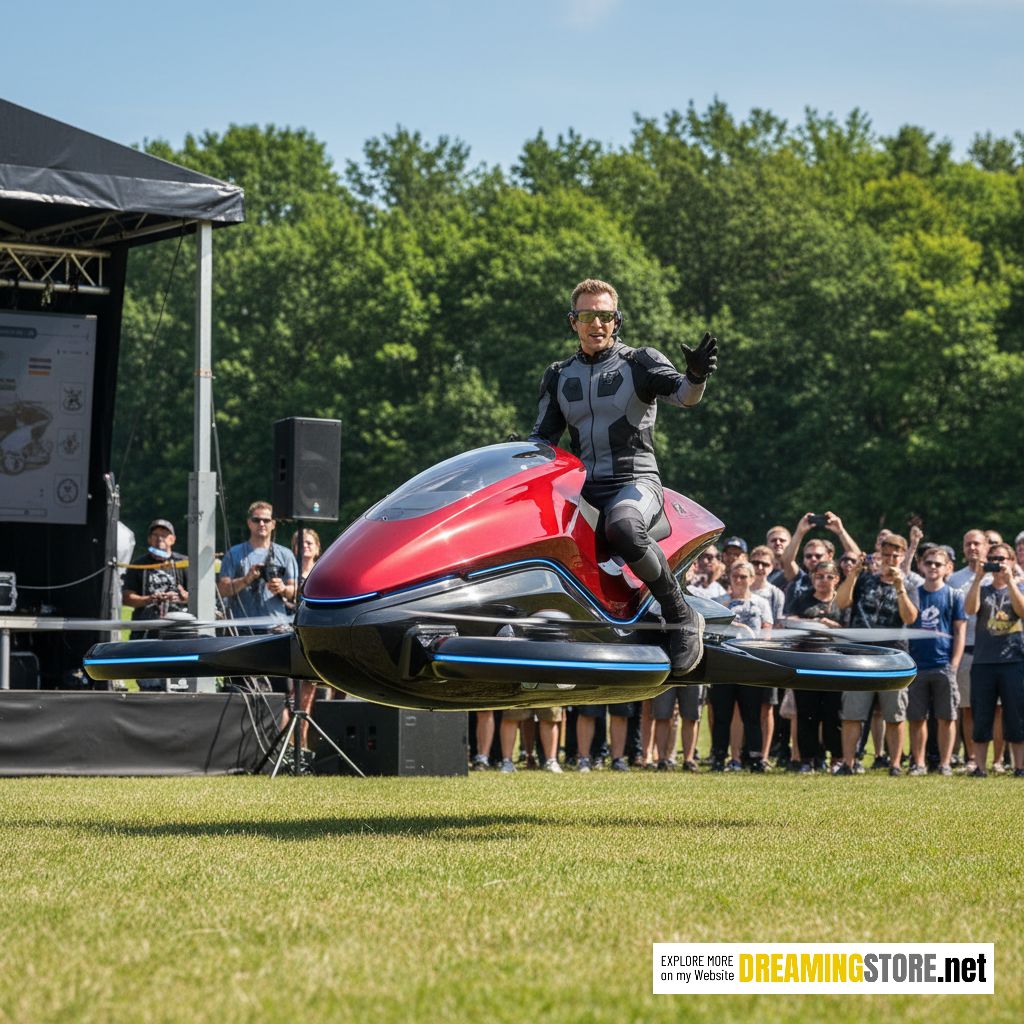
5. Next-Gen Prototype: The SkyMoto NeoX (Bonus Pick)
The SkyMoto NeoX represents the next evolutionary leap for Scooter Drones — merging artificial intelligence, sustainable power, and advanced propulsion.
Innovative Features:
-
AI Flight Learning: The more you ride, the smarter it becomes, adjusting to your personal handling style.
-
Zero-Emission Fuel Cells: Uses hydrogen-electric technology instead of traditional lithium packs.
-
Adaptive Wind Response: Automatically modifies propeller thrust to maintain equilibrium.
Though still in prototype testing, early demos show remarkable stability and control. The NeoX could be the blueprint for future Scooter Drones, potentially defining the mobility landscape by 2035.
Refer to similar product models: Click here
Design Evolution of Scooter Drones
Over the last decade, the design philosophy behind Scooter Drones has shifted dramatically. Early models were bulky, unstable, and had limited range. But with advancements in lightweight alloys, AI flight systems, and solid-state batteries, we’re entering a phase where personal aerial transport is no longer a fantasy.
Modern Scooter Drones now feature:
-
Compact Rotor Configurations for urban flight zones.
-
Noise Reduction Tech using shrouded fans.
-
Smart Navigation Systems that integrate GPS, radar, and obstacle avoidance.
-
Energy Efficiency through advanced aerodynamics.
As cities evolve toward “aeromobility corridors,” these designs will become increasingly relevant — turning rooftops and open parks into sky highways.
Materials and Build Quality
A major factor that defines a Scooter Drone’s performance is its construction. Top brands now rely on aerospace-grade carbon composites and titanium reinforcements for strength without sacrificing lightness.
Other materials include:
-
Graphene-based batteries for faster charging.
-
Polycarbonate shells that reduce drag.
-
Magnesium-aluminum alloys for temperature resilience.
Together, these innovations create machines that are not just visually striking but built to endure weather fluctuations and long-term use.
Real-World Applications Beyond Recreation
While it’s easy to see Scooter Drones as futuristic toys, their potential extends far beyond personal thrill rides. Governments, delivery services, and emergency responders are already exploring their use for:
-
Urban Air Mobility (UAM): Reducing congestion in crowded cities.
-
Medical Deliveries: Reaching patients faster in inaccessible areas.
-
Tourism and Exploration: Offering immersive aerial experiences.
-
Law Enforcement: Patrolling difficult terrains or traffic hotspots.
Their ability to take off vertically, maneuver precisely, and operate in compact spaces opens a new world of transport and logistics solutions.
Safety and Regulation Concerns
The rise of Scooter Drones brings both excitement and responsibility. Authorities are actively developing frameworks for airspace sharing, flight height limits, and registration protocols.
Manufacturers are also integrating safety measures such as:
-
Geo-fencing to prevent entry into restricted zones.
-
Collision Detection Sensors that halt the craft mid-air.
-
Auto-landing functions during low battery or signal loss.
These steps ensure that as personal flight grows, it remains secure for both riders and those below.
Pricing & Availability
Currently, Scooter Drones are in their early production phase. Depending on the model and region, prices can range from $75,000 to $250,000. Entry-level options like the SkyRider X4 target early adopters, while high-end variants such as the VoltAir Vortex cater to luxury enthusiasts.
However, experts predict that by 2032, advancements in battery technology and mass production will bring costs down significantly — potentially making Scooter Drones as accessible as electric cars today.
Environmental Impact and Sustainability
Sustainability is a major pillar of innovation for Scooter Drones. Many manufacturers are transitioning to:
-
Recyclable composite frames.
-
Renewable energy charging docks.
-
Emission-free electric propulsion.
If integrated responsibly, these machines could become a net-positive force in reducing ground congestion and urban emissions. The key lies in developing clean energy infrastructure that supports widespread adoption.
The Future of Personal Air Mobility
The coming decade will likely mark the transition from novelty to necessity for Scooter Drones. Just as electric cars revolutionized ground transport, airborne scooters are poised to redefine how we move through cities.
In the near future, we can expect:
-
AI Traffic Management Systems for sky routes.
-
Docking Stations on Rooftops for quick charging.
-
Subscription Models for shared aerial mobility.
-
Integration with Smart Cities through IoT connectivity.
It’s not about replacing cars but expanding mobility options — allowing people to bypass gridlock, reduce commute time, and experience a new sense of freedom.
Real User Experiences
Early testers and enthusiasts describe their first rides as “thrilling yet strangely peaceful.” The sensation of floating a few meters above ground while maintaining full control is incomparable.
Many highlight the Scooter Drone’s noise-reduction design, which makes flight surprisingly quiet. Others appreciate the ease of learning — thanks to AI stabilization, it takes less than 15 minutes to master basic controls.
As one early adopter put it:
“Riding a Scooter Drone feels like the future you’ve always imagined — where technology doesn’t overwhelm, it liberates.”
FAQs about Scooter Drones
1. Are Scooter Drones legal to ride?
Regulations vary by country. Most allow controlled test zones, while urban flight licenses are under development.
2. How safe are these vehicles?
Extremely safe — most have redundant propellers, auto-stabilization, and emergency landing systems.
3. Can they be used indoors?
Only micro-scale models. Full-size Scooter Drones require open areas or certified flight zones.
4. What’s the learning curve like?
Minimal. With AI-assisted balancing, new riders can control their flight after a few sessions.
5. How long before they become mainstream?
Experts predict mass adoption within 8–10 years, as production scales and costs drop.
Scooter Drones are no longer futuristic fantasies — they’re real, evolving, and redefining transportation. From sleek designs like the JetFly Hover Scooter to luxurious models such as the VoltAir Vortex, each represents a leap toward the era of personal flight.
In the next decade, we’ll witness cities adapting to these innovations — with designated aerial lanes, rooftop charging hubs, and sky traffic systems. The ground will no longer confine us; instead, mobility will be measured in altitude.
For enthusiasts, dreamers, and early adopters, Scooter Drones symbolize the future — a thrilling blend of freedom, technology, and sustainability. The next time you see one hover silently across the horizon, remember: the age of personal flight has already begun.


